Swat! My right hand slapped my arm. “One down, zillions more to go.”
I wasn’t one for using bug spray, and these pesky mosquitoes were leaving their itchy mark — though I’d tried herbal alternatives to the chemically-based bug sprays. Even the mentholated smell of Vicks VapoRub had a minimal effect on these pests. Besides, perspiring in the heat washed the rub away, taking with it what minimal protection it provided. And burning citronella candles only benefits the area immediately surrounding the flame.
I removed as much of my cedar hedging and trees as possible, knowing that mosquitoes loved to hide and breed within the branches, but it had minimal effect on the mosquito population.
I also encouraged mosquito-loving birds in my yard, but perhaps my feeders fed them too well and they no longer had the appetite to consume the spring/summer onslaught of mosquitoes. So, what should I do?
“Try and attract dragonflies,” a friend suggested, smacking mosquitoes while we tried to share patio life.
“Dragonflies?”
“Yup! They love mosquitoes. Did you know that one dragonfly will eat hundreds of mosquitoes in a day? And they eat mosquito larvae. Bonus!”
“Really?”
“Really. All you need are the right plants to attract them to your yard. Then you can wave bye-bye to mosquitoes.”
Common Plants That Attract Dragonflies
So, what plants attract dragonflies? They are mostly pollinators. Here are some key garden plants that attract dragonflies to your backyard.
Black-Eyed Susan
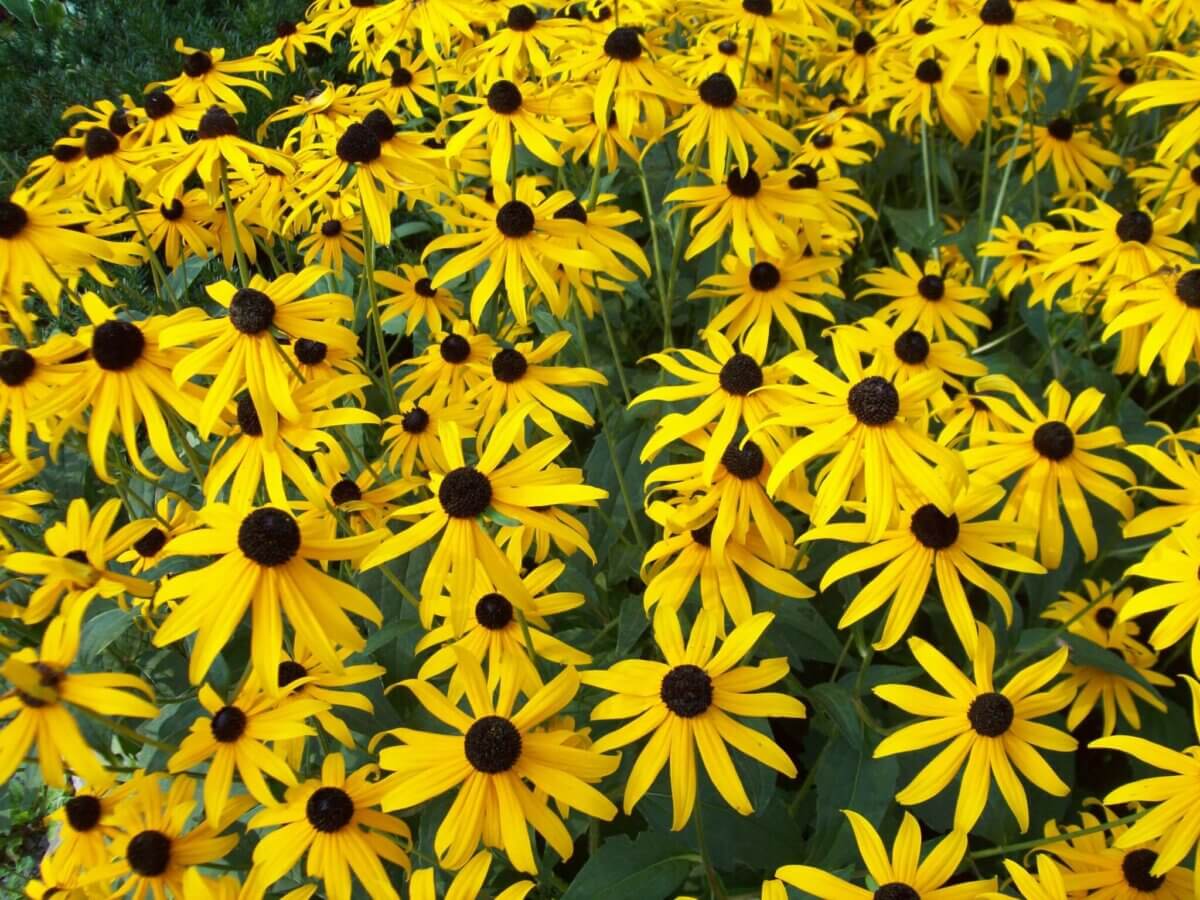
These flowers are an all-time favorite in my garden. We have them in large bunches around the property. The plant grows well in any kind of soil but particularly likes full sun. It even seeds and grows in the gravel driveway.
Related Post: How to Attract Butterflies to Your Garden
Black-eyed Susan (Rudbeckia hirta) attracts pollinators and particularly, dragonflies. As my patches of this flower increased, I’ve noticed a decline in the mosquito population. Unfortunately, there are still a lot out there, so we need to attract more dragonflies.
Joe-Pye Weed
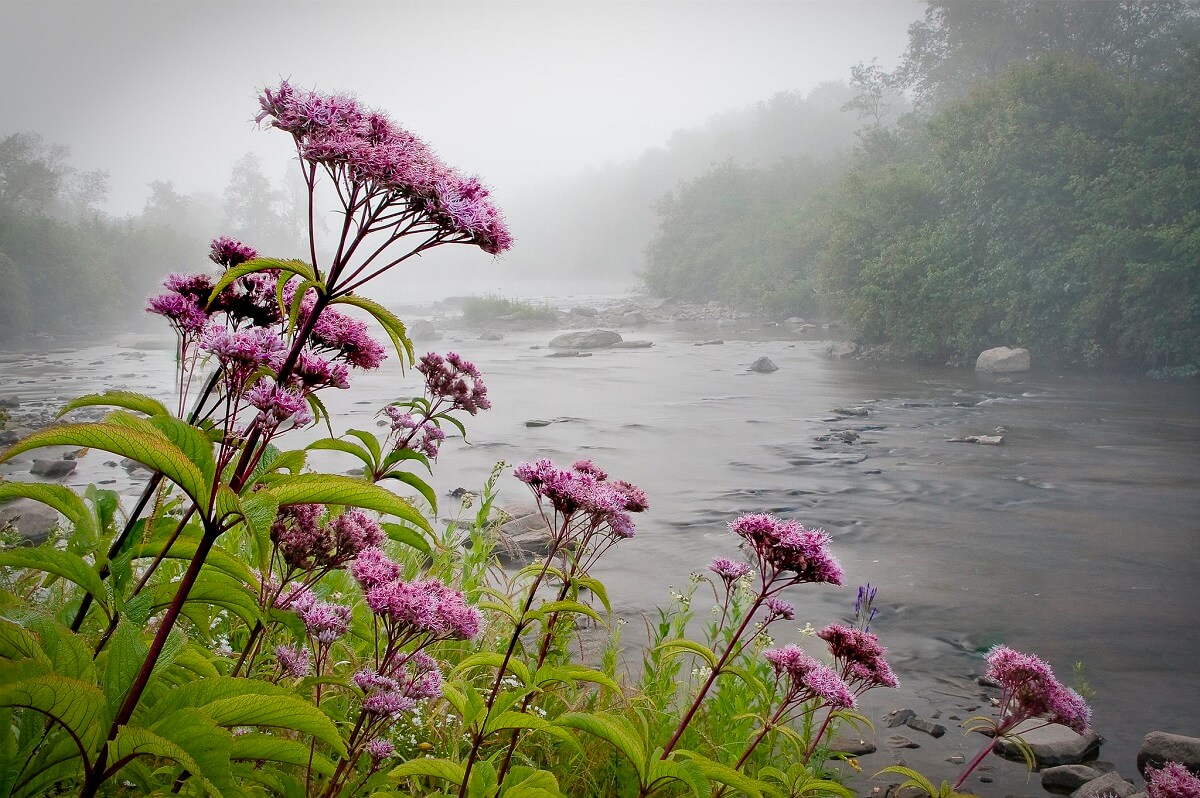
Joe-Pye weed (Eupatorium purpureum) is a pretty flowering plant boasting pale pink-purple flowers that grow from midsummer to fall. As well as being a lovely addition to the garden, it has a soft scent and mild vanilla fragrance. It needs full to partial sunlight and does well in moist wooded areas and meadows.
It’s a hardy plant and easy to grow, but it does grow up to 12 feet high, so it needs space, especially since it re-seeds itself and can become invasive. The flowers act as a magnet to dragonflies and other insects. And the plant has some medicinal qualities. The dried roots and flowers make a good diuretic tea.
Meadow Sage
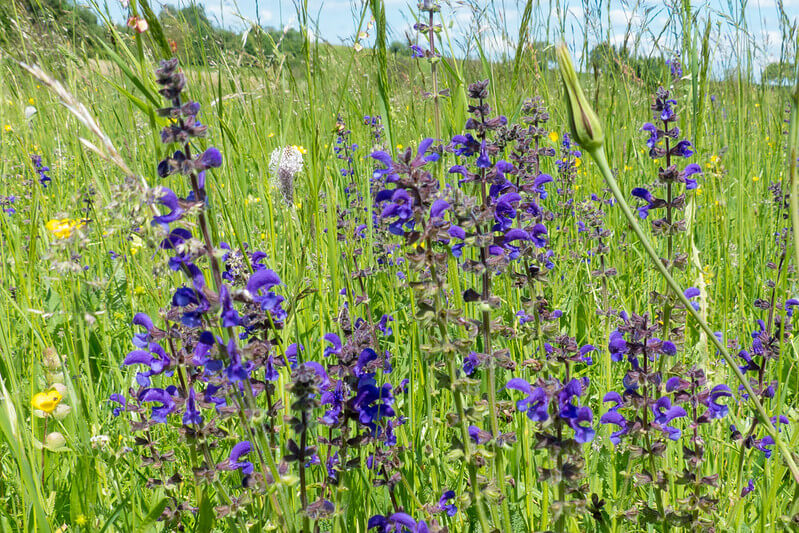
I love this one. Meadow sage (Salvia pratensis) has purple flowers (although I understand it can produce pink, blue or white flowers as well) that are absolutely gorgeous.
Like the Joe-Pye weed, it prefers full to partial sun, but the bonus — for my area anyway — is the plant endures drought and is pest and disease-free. Meadow sage is a great pollinator plant; the butterflies and hummingbirds love it as much as the mosquito-eating dragonflies.
Yarrow
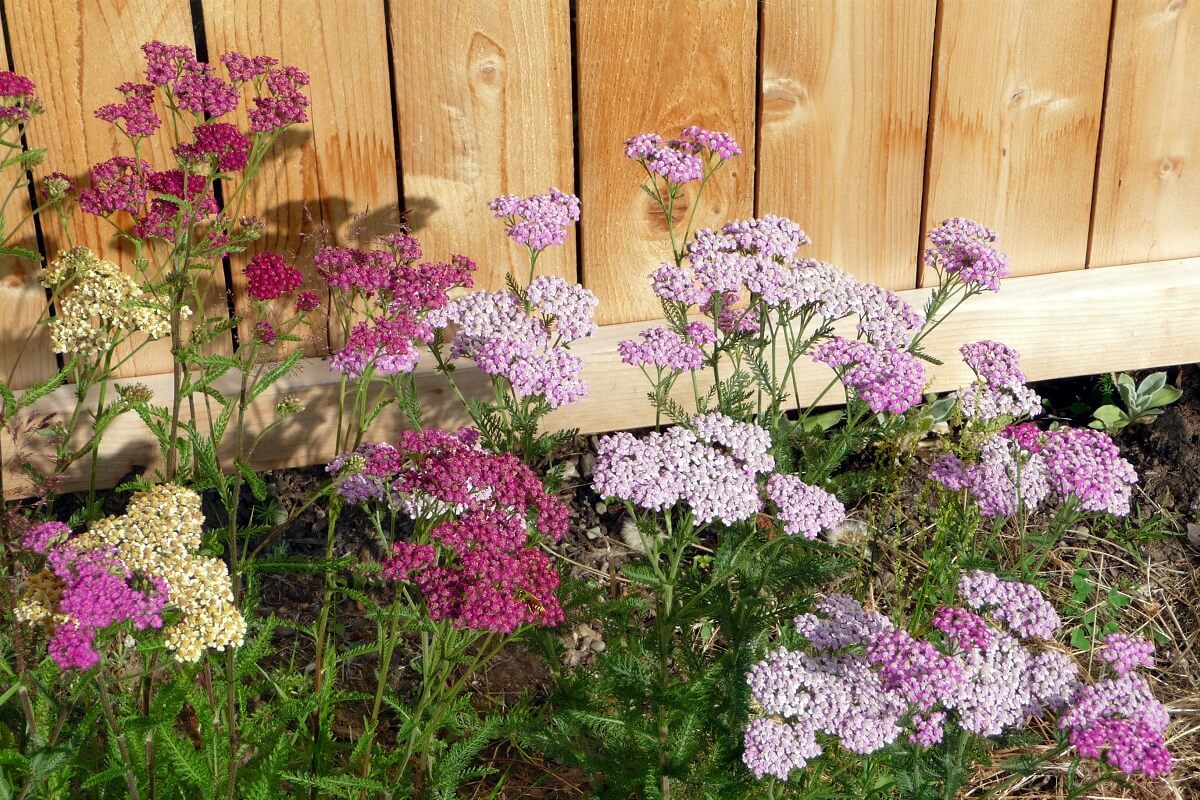
This is another large plant. Once established, yarrow (Achillea millefolium) can take up a considerable amount of space. It comes in a variety of colors: white, yellow, and pink with the most common color being yellow. Some people believe only the white yarrow attracts dragonflies, but I’ve seen lots of dragonflies hovering over my yellow yarrow flowers.
Related Post: How To Grow The Yarrow Plant
Yarrow is another important nectar source for pollinators, and I love watching the butterflies enjoy the aromatic flowers. It’s a perennial (some call it a wildflower) and a common addition in many home gardens. Yarrow is disease-resistant and can endure long periods of drought. It’s another sun-loving plant.
Borage
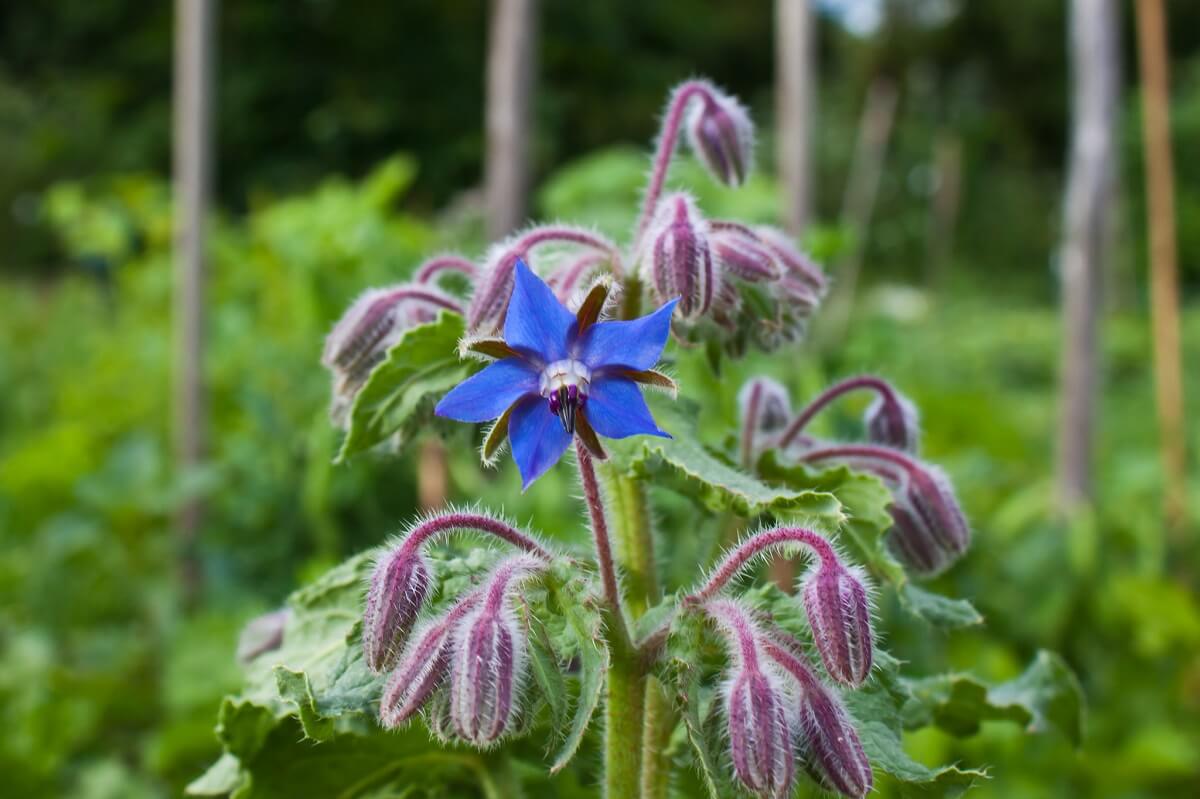
With its blue, star-shaped flowers, borage (Borago officinalis) is drought-tolerant, self-seeding, and a good dragonfly attractor that has other useful purposes. As an herb, its cucumber flavor makes it a delightful addition to salads and cream cheese spreads and dips.
Coneflowers
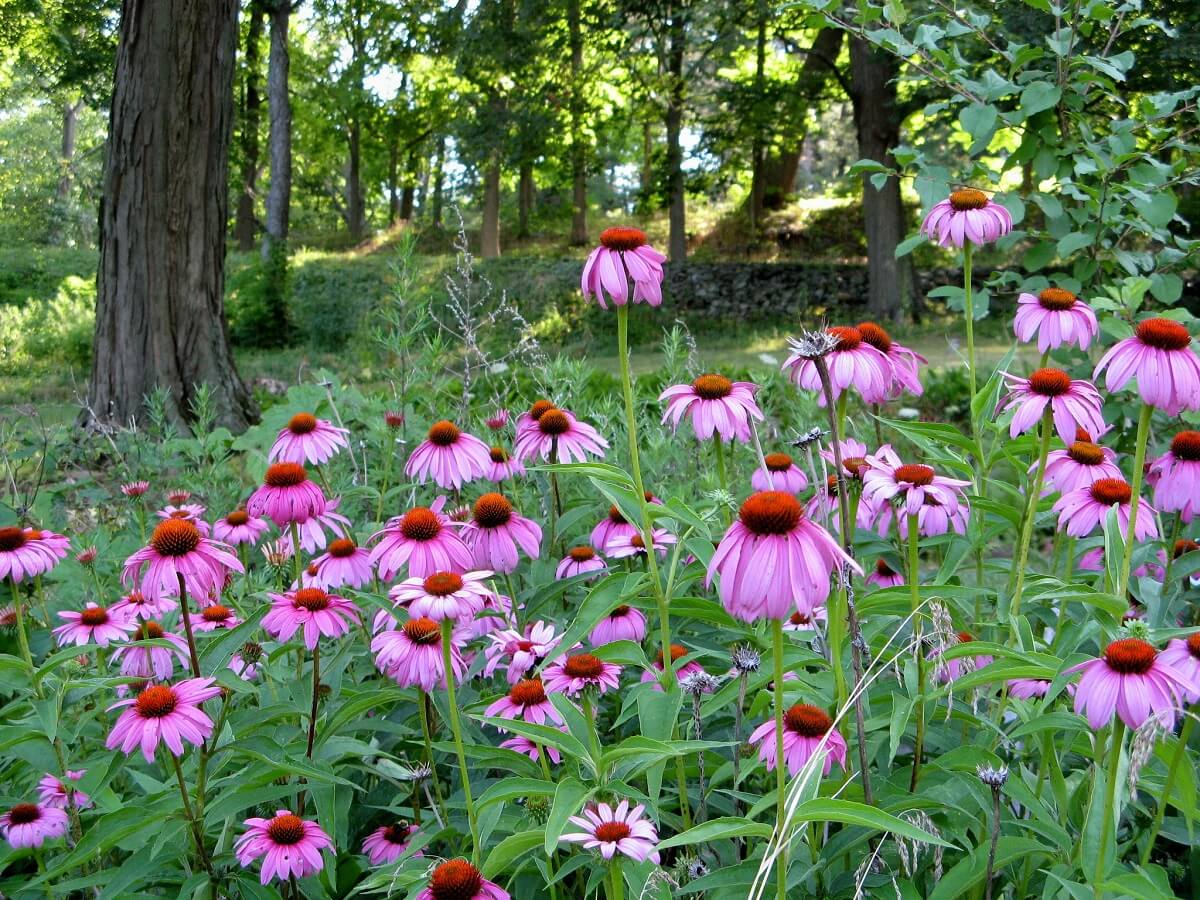
This perennial is a favorite in my garden with its showy flowers. Sun-loving coneflowers (Echinacea) survive drought well and are low maintenance. Butterflies flock to my coneflowers, as do the dragonflies.
Aquatic Plants That Attract Dragonflies
For those with wetter properties than mine, you may want to consider a pond garden. Dragonflies mate and lay their eggs in water. In fact, dragonflies spend at least two months underwater and will return to the same pond repeatedly. It’s their hunting ground as well as a place for them to play and reproduce.
And since young dragonflies need somewhere to hide, rocks placed in and around the pond would be beneficial. Placing sticks around the pond is another good idea as it gives them a place to perch near the water.
Although standing water does attract mosquitoes, the dragonflies will definitely overtake them. Here are some good aquatic plants to attract dragonflies.
Swamp Milkweed
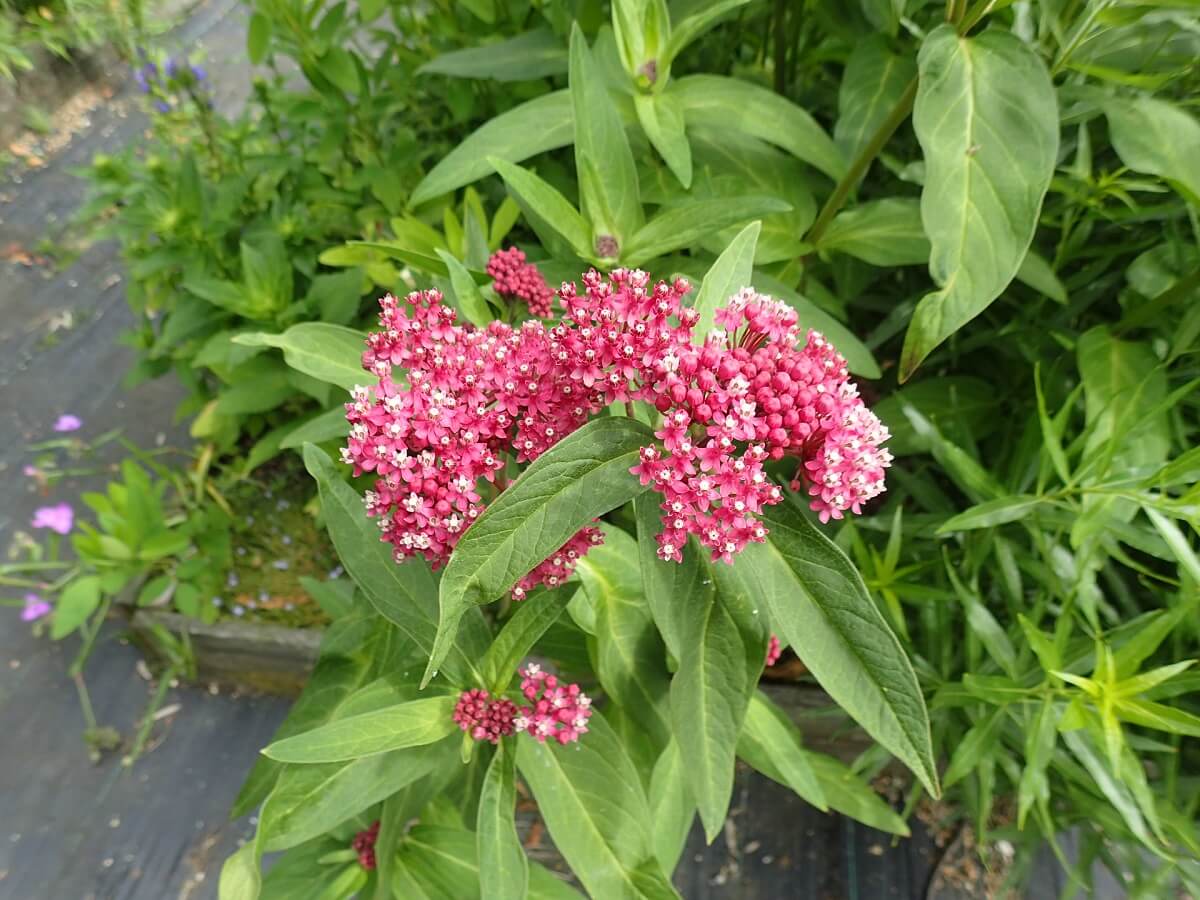
A close relative to the common milkweed, swamp milkweed (Asclepia incarnata) is also known as rose milkweed, rose milkflower, swamp silkweed, and white Indian hemp. This herbaceous perennial with its white and pink flowers grows well in moist and sunny areas, much like other milkweeds.
A pollinator, it attracts butterflies with its nectar and (of particular interest) attracts dragonflies. Another bonus for milkweed is its toxic latex component that repels unwanted insects like mosquitoes. So while attracting dragonflies to devour mosquitoes, it also repels mosquitoes. Sadly, this plant is not a good option for my property because I don’t have any really wet areas.
Arrowhead
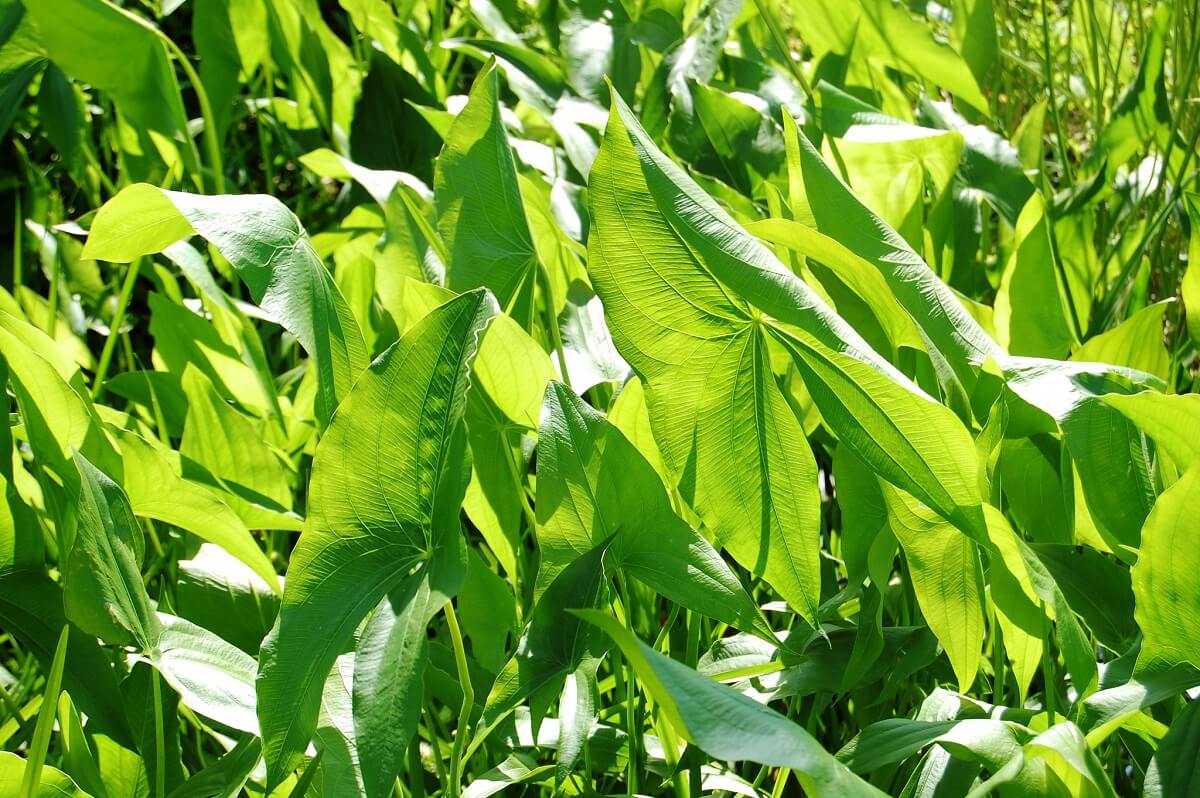
Also known as duck-potato, Arrowhead (Sagittaria latifolia) is an aquatic perennial that grows above the water level. It’s not suitable for my property, unfortunately. However, if you have the moist land they love, this plant does well to attract dragonflies, as the adults will often lay their eggs on the plant. With the right conditions, it grows really fast.
Water Lily
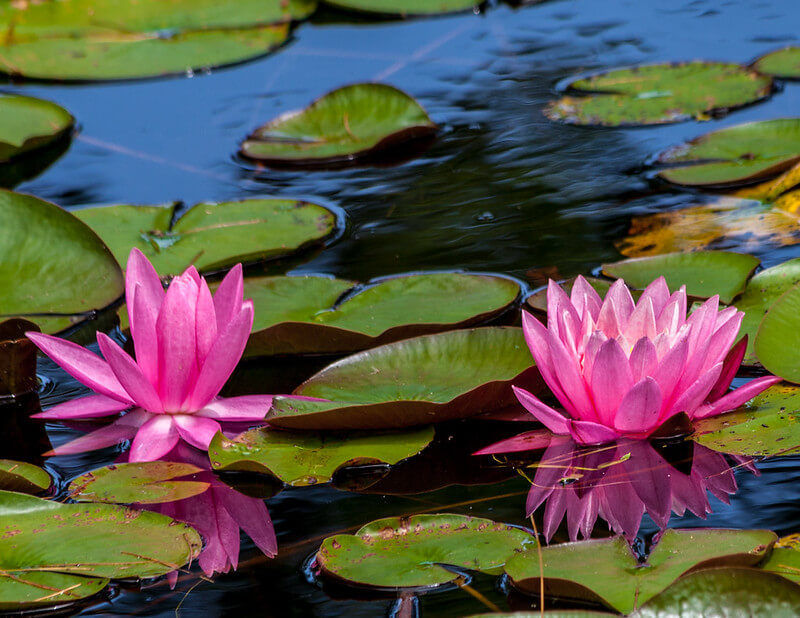
This is another pond water-loving plant that provides dragonflies with the perfect location for laying eggs as well as providing the young dragonflies with places to hide. The rocks used to weight down the water lilies (Nymphaeaceae) also provide suitable hiding places.
The leaves and blossoms float on the pond surface. And though I don’t have the benefit of a pond and water lilies, I do recall enjoying my mother’s garden pond and watching the dragonflies hover around the water lilies.
Wild Celery
Since wild celery (Vallisneria americana) grows on the water surface, it is another excellent aquatic habitat for dragonflies. It provides a surface on which the dragonflies can deposit their eggs.
Water Horsetail
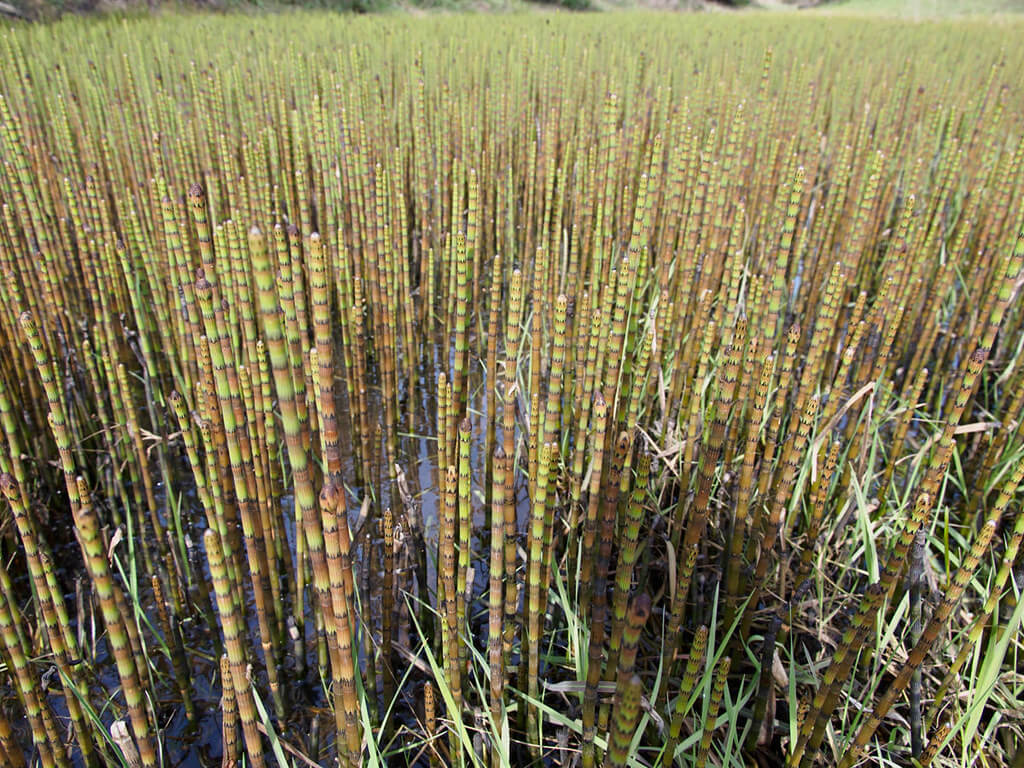
Water horsetail (Equisetum fluviatile) is another water plant with both submerged and floating parts that attract dragonflies and provide places for eggs and young dragonflies to grow.
Cattail
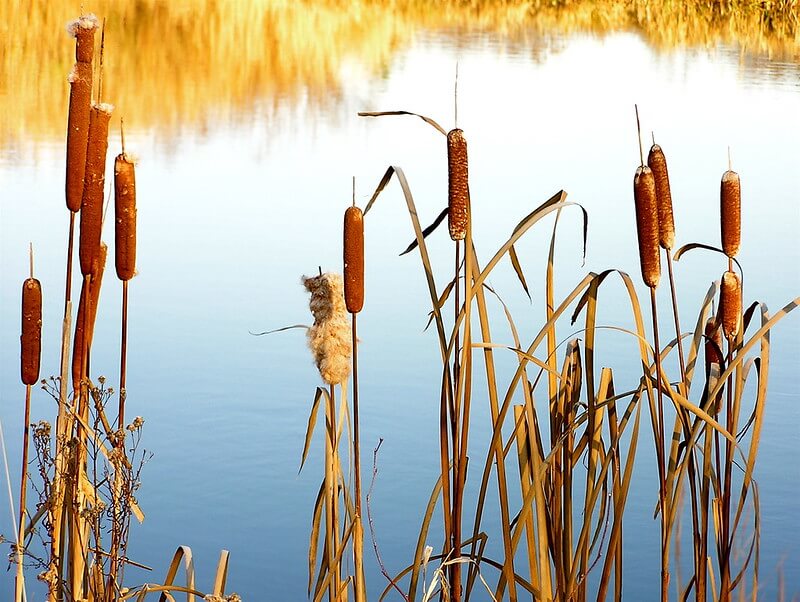
Also known as bulrush, cattail (Typha latifolia) grows well in a swampy area and is definitely not suited for my dry property. Also good for dragonfly eggs and young dragonflies.
Related Post: 6 Plants That Like Wet Soil
And don’t forget, trees and shrubs also attract dragonflies as the provide protective places for them to hide and rest.
I may not have solved my annual mosquito problem, but I have planted a garden to attract the dragonflies who help manage the growing mosquito population and keep it somewhat under control. Other than dragonflies, the only real alternative to ridding myself of mosquitoes is winter. Not the best of options for an avid garden-lover like myself.



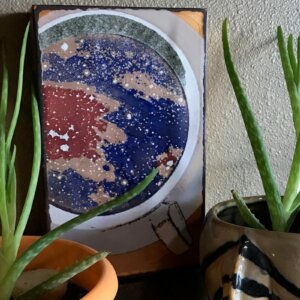
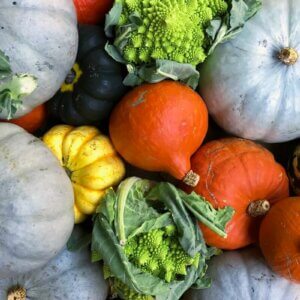



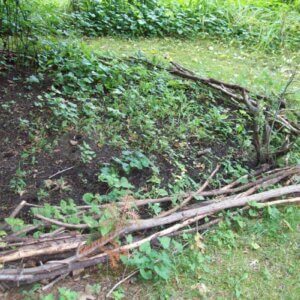

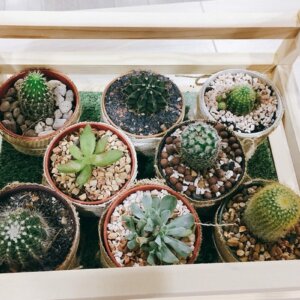









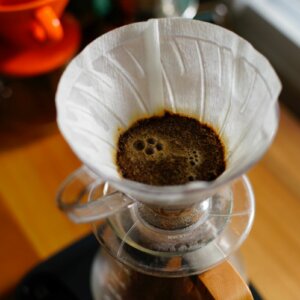



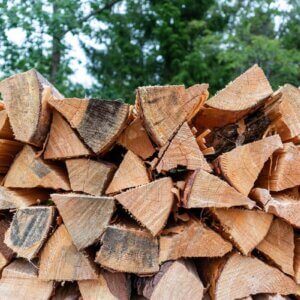
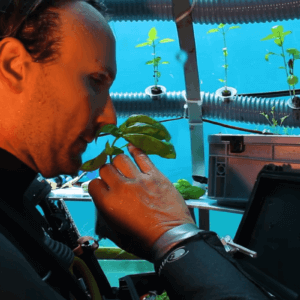
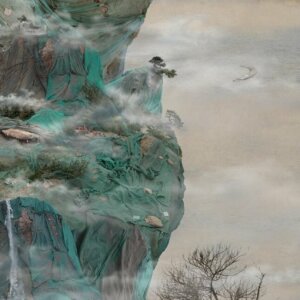



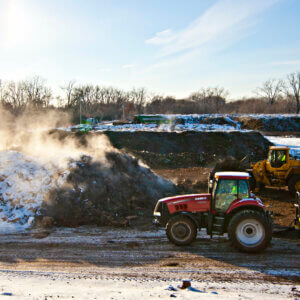

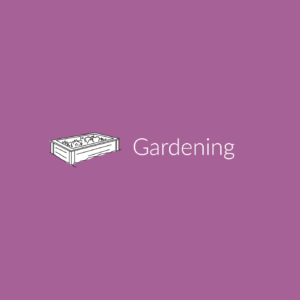


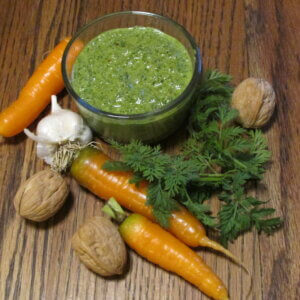




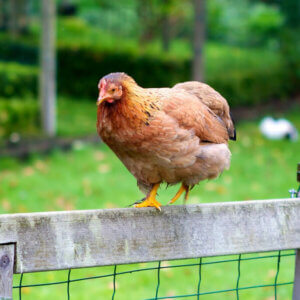

Just added black eyed Susan’s and yarrow to our yard for the first time this year. Hadn’t realized the dragonfly benefits that they come with.
Another one we bought that was labeled dragonfly friendly was phlox:
https://glaszart.com/a-dragonfly-during-the-late-summer-in-maine/
Wikipedia says it’s popular deer and rabbit food so maybe it’s a good sacrificial perennial that attracts dragonflies to boot.
https://en.m.wikipedia.org/wiki/Phlox